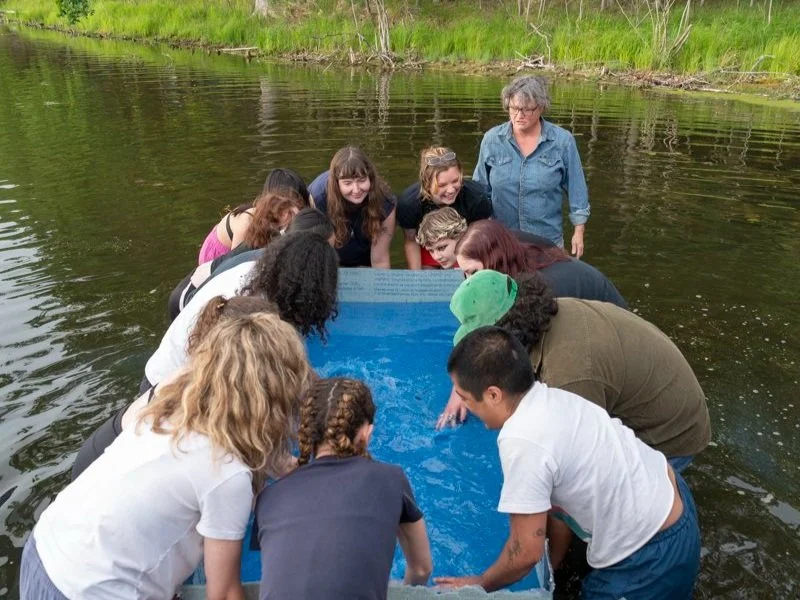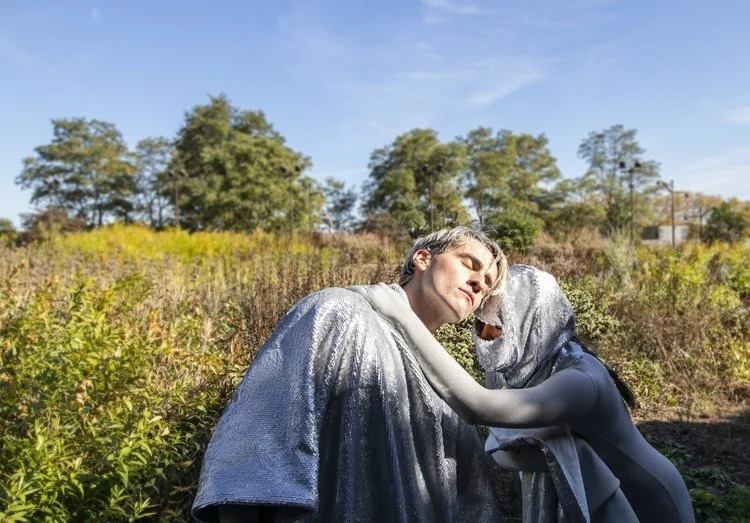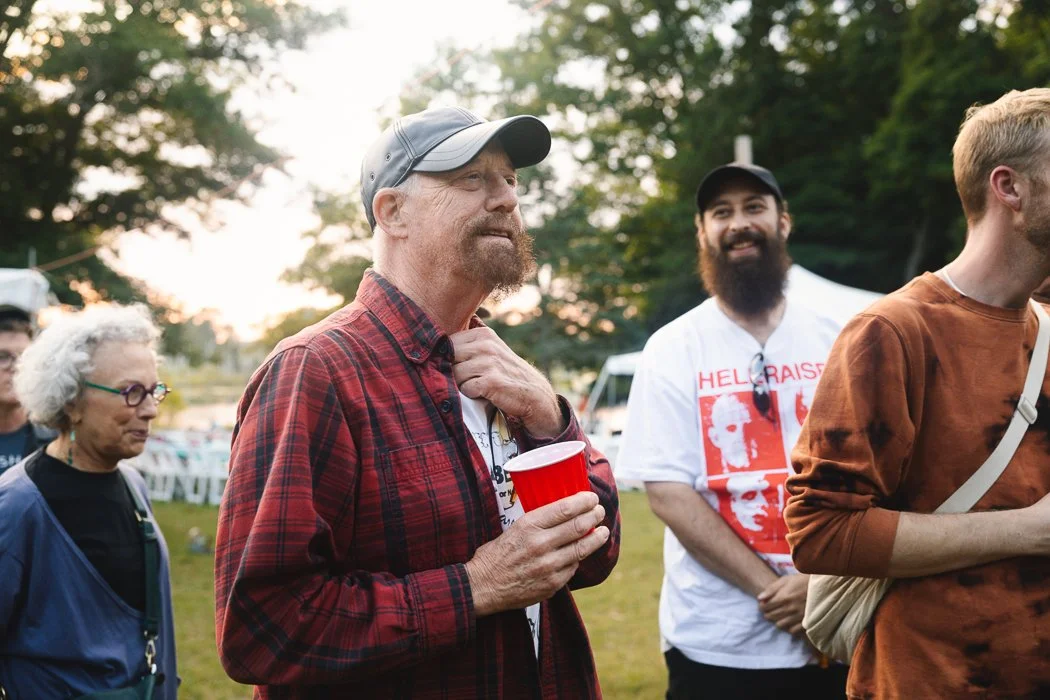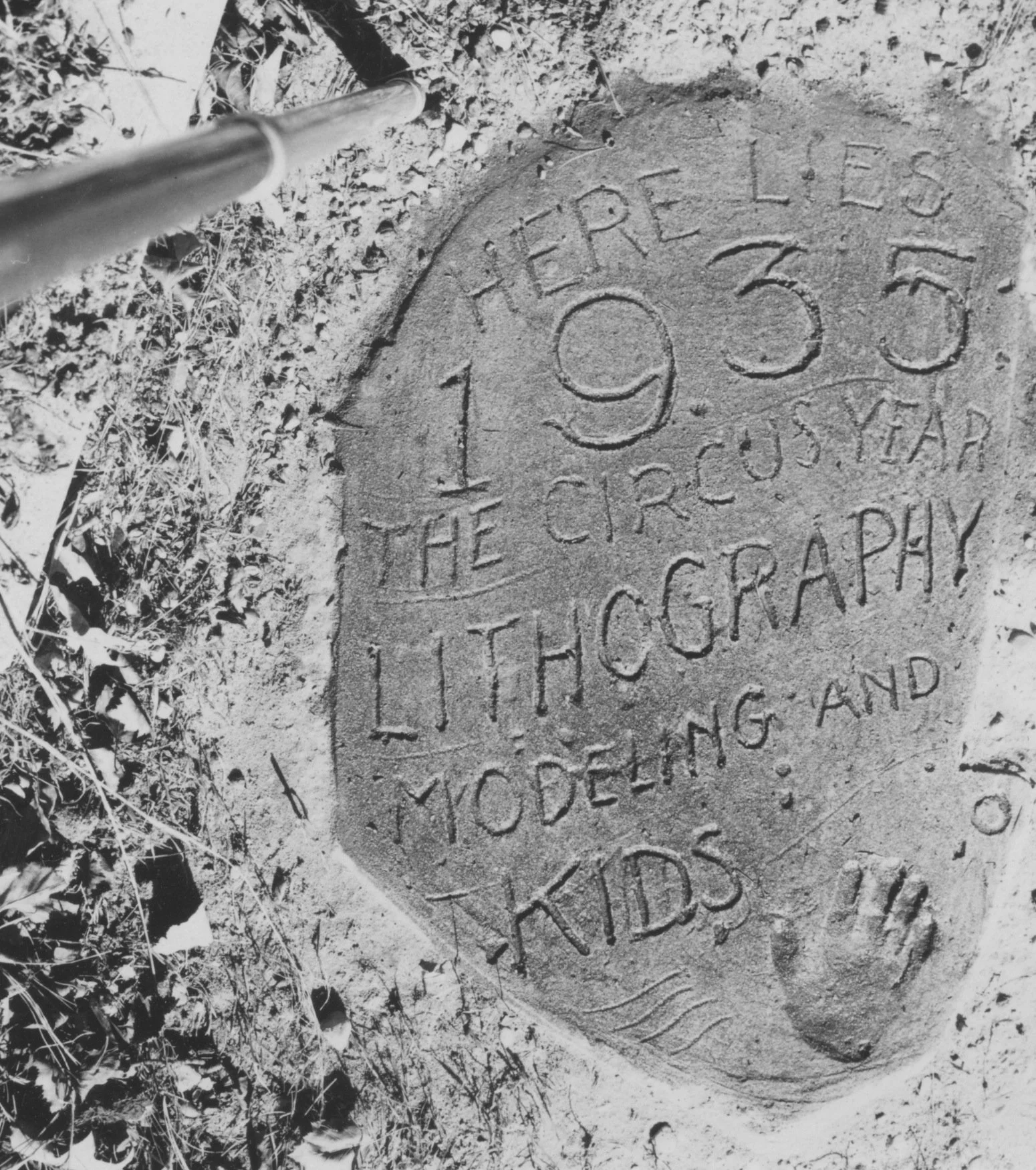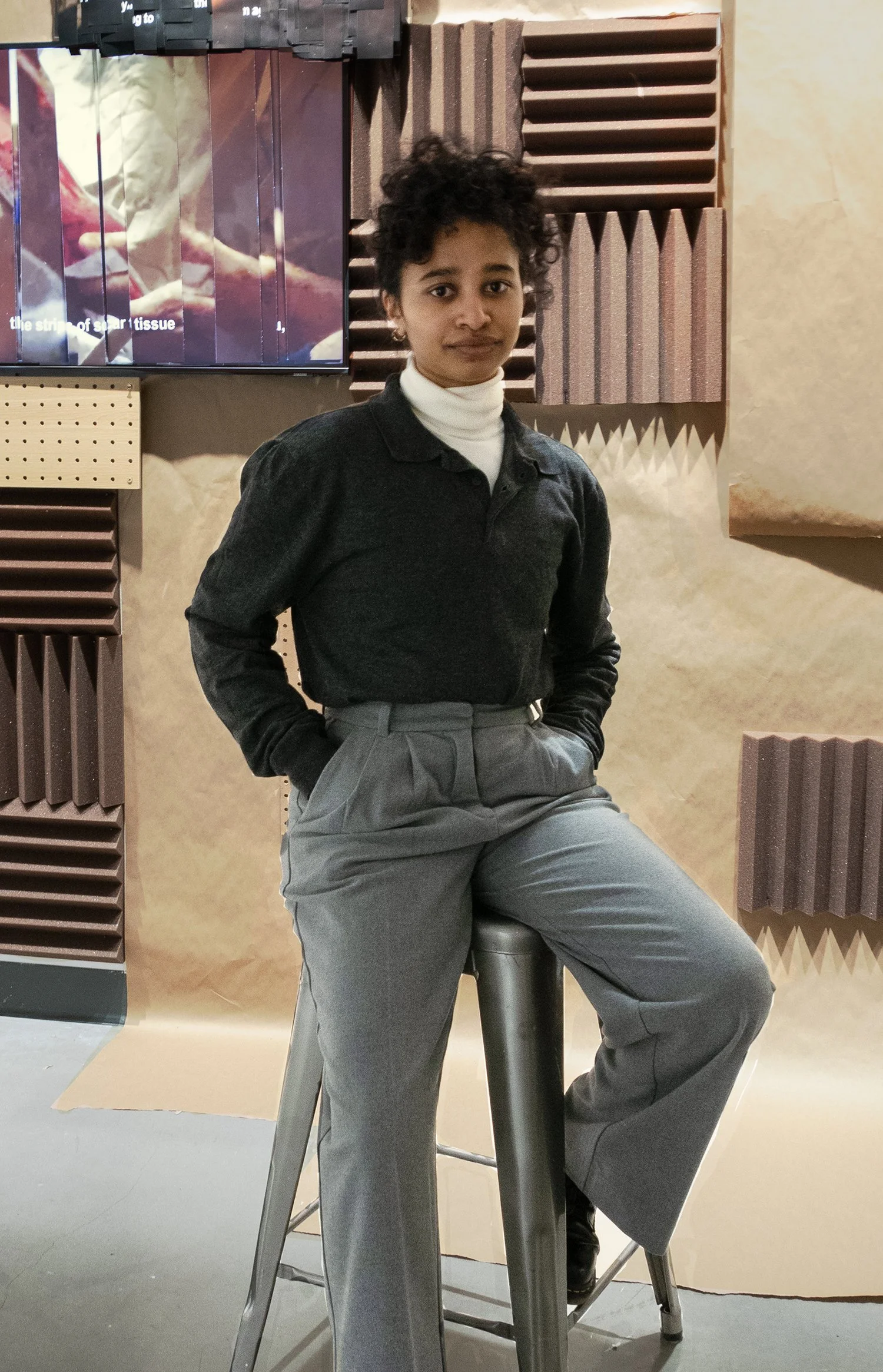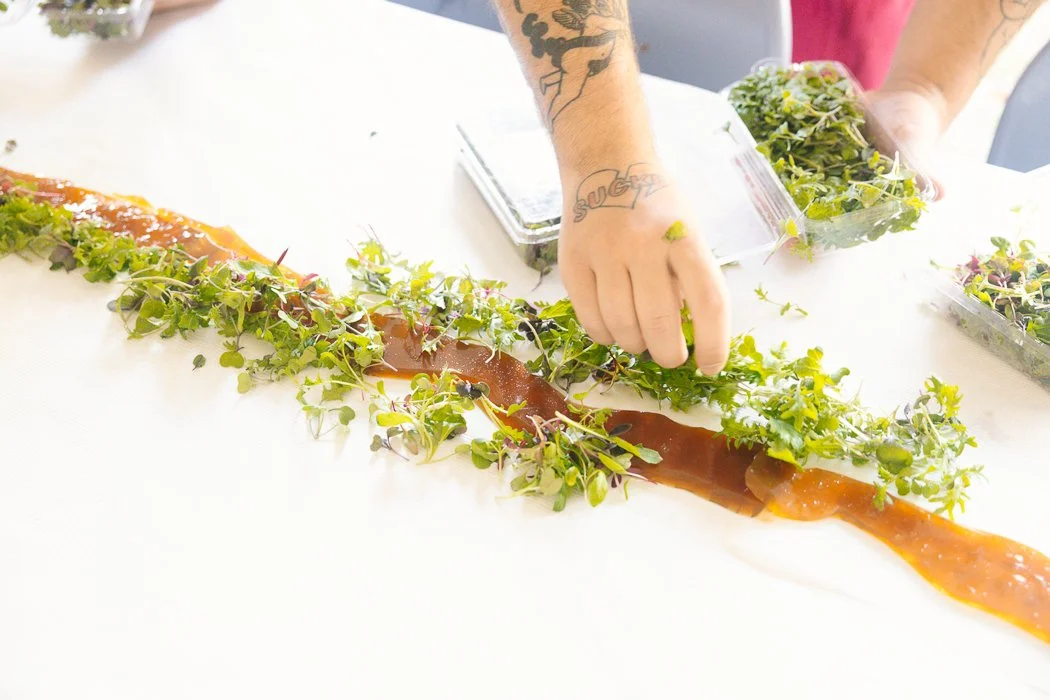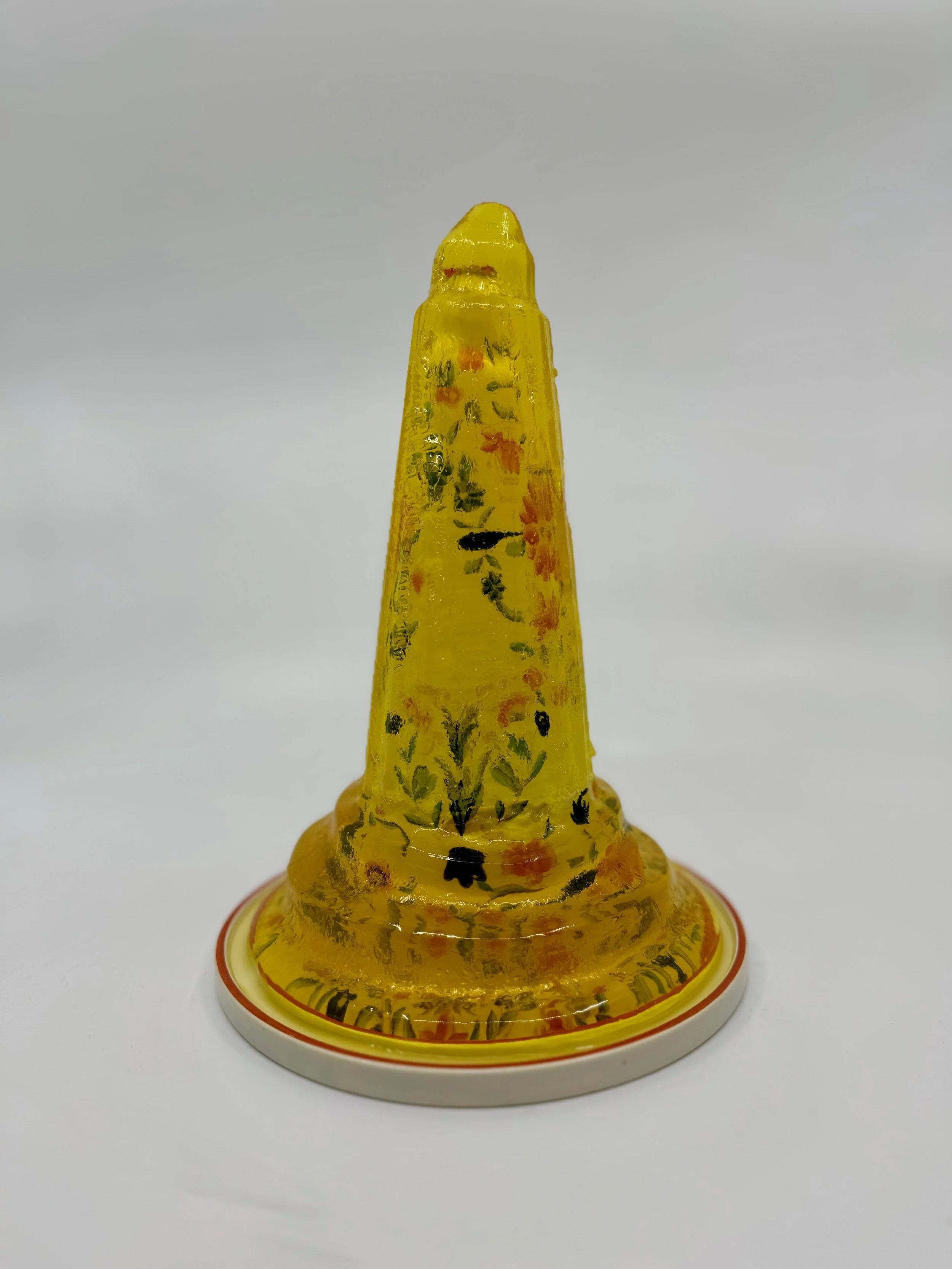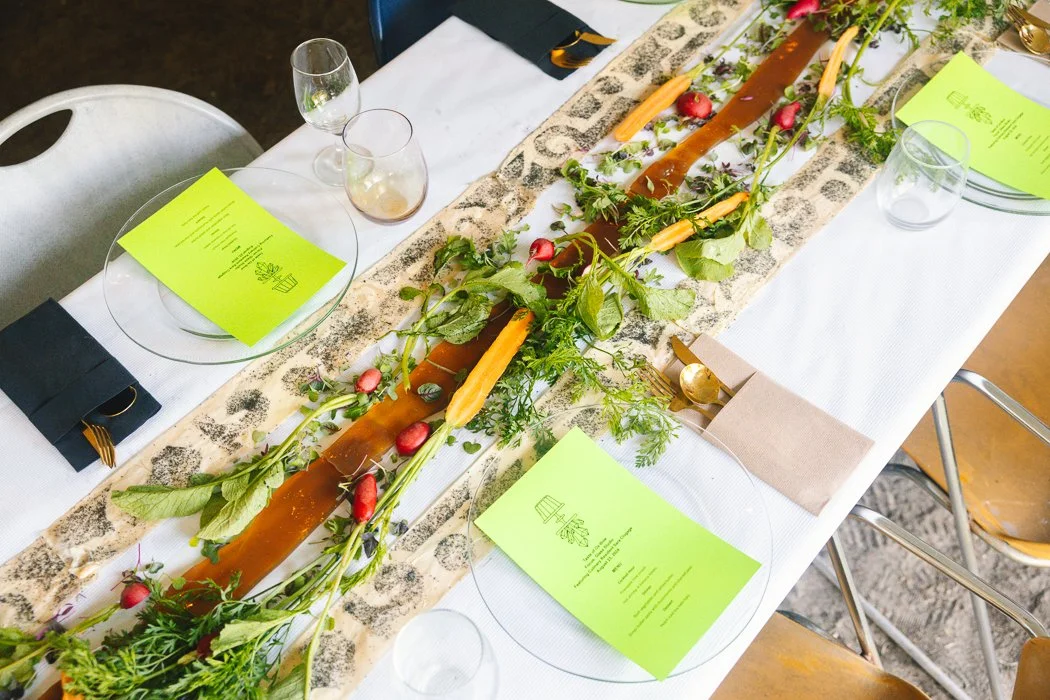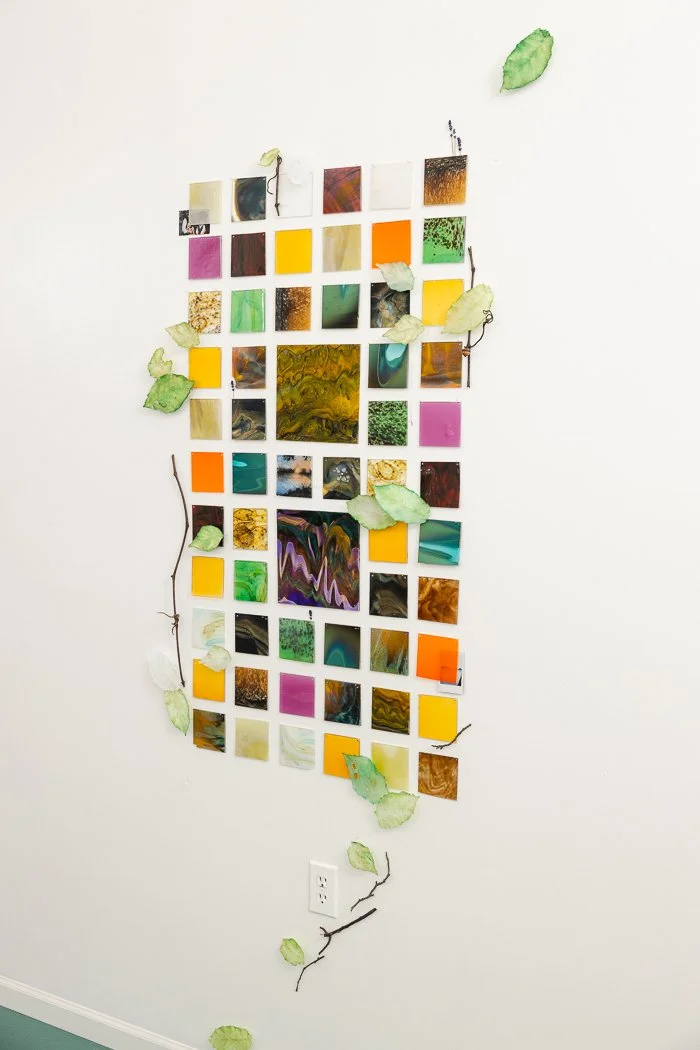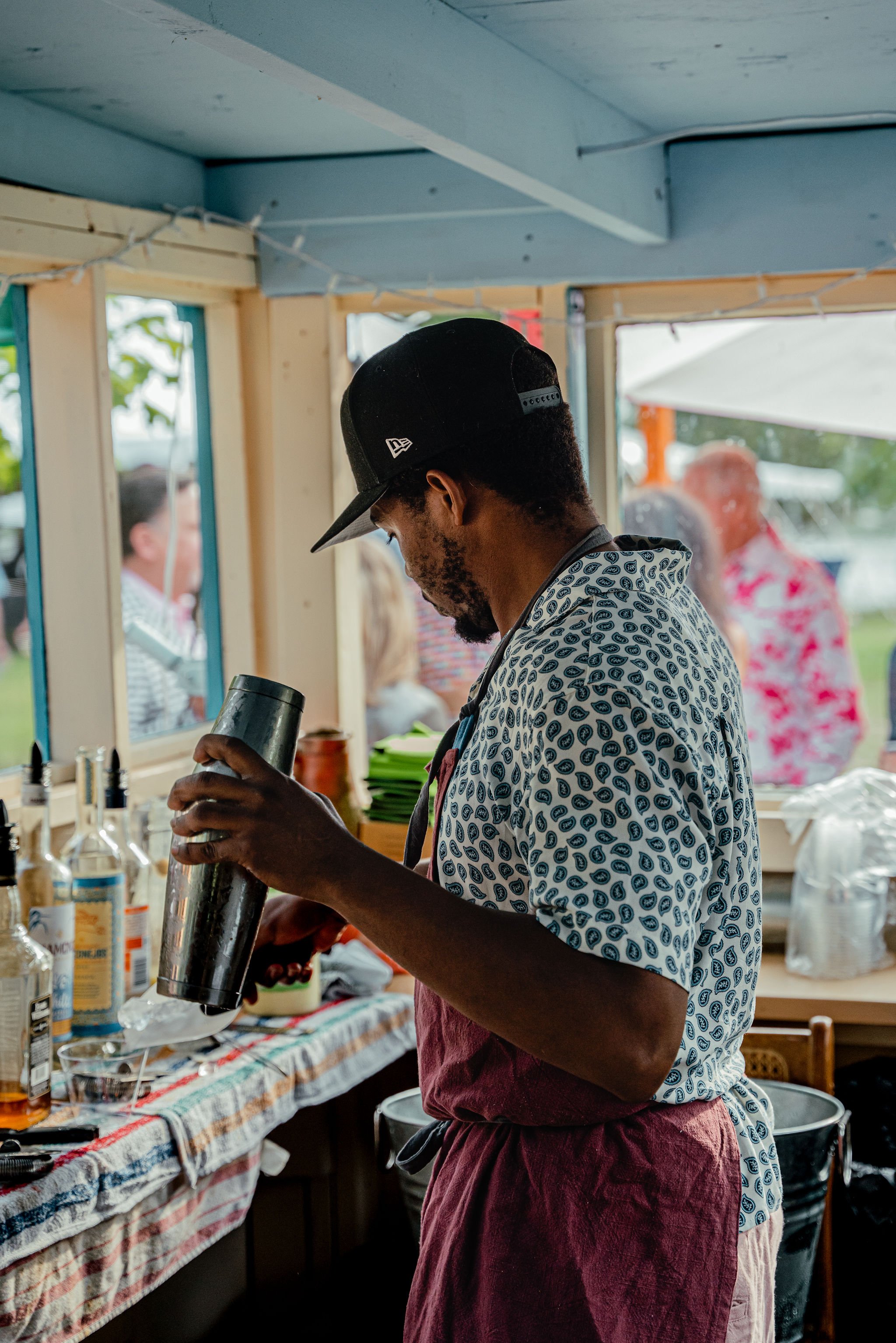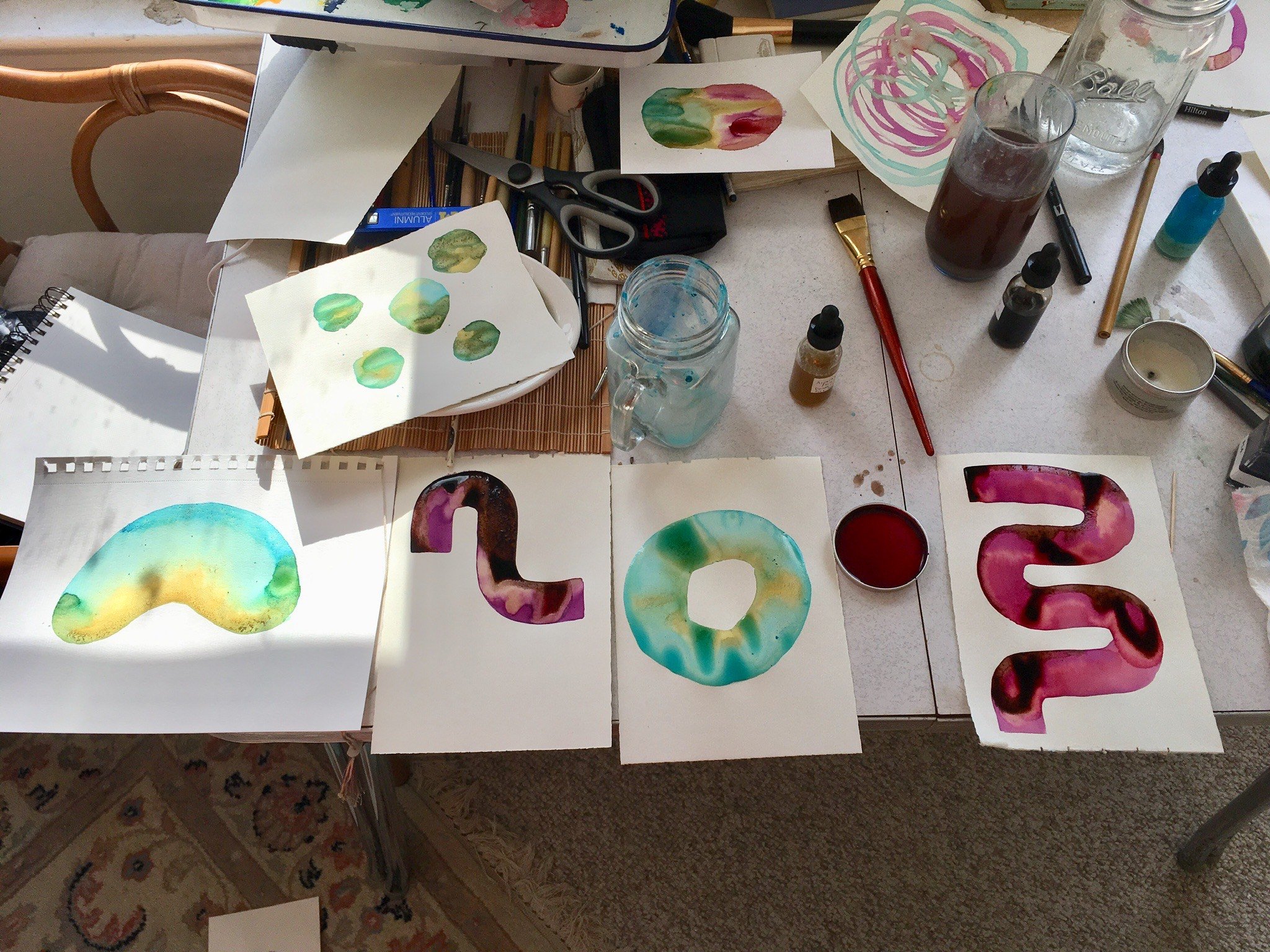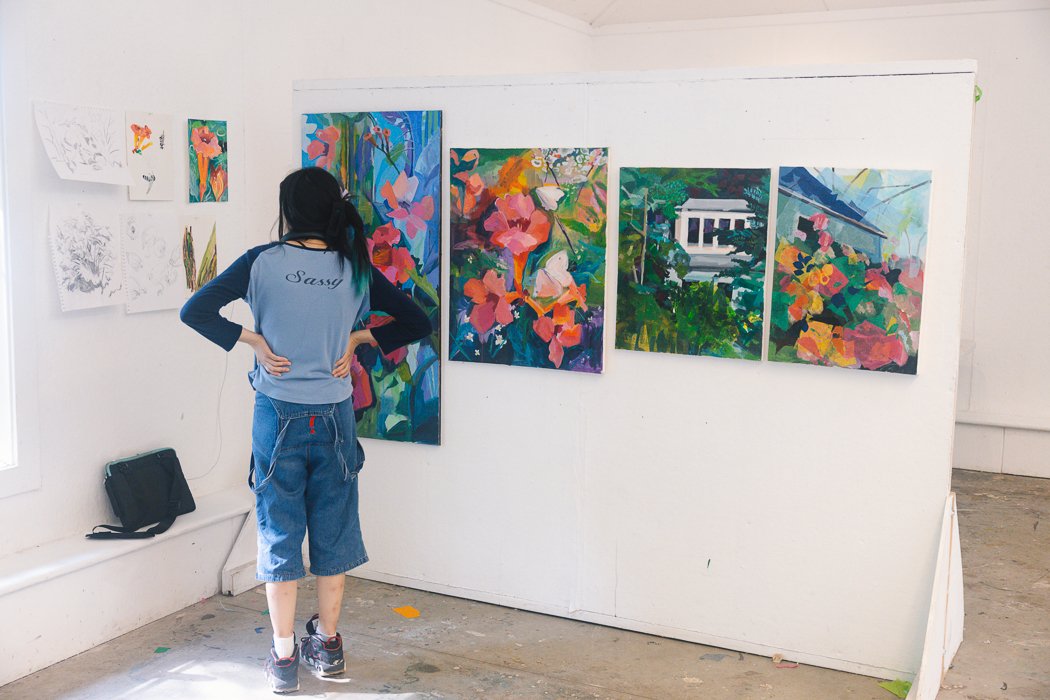Year after year, participating artists return to campus to soak up another slice of summer at Ox-Bow.
More often than not, when in conversation with Students, Faculty, and Artist (Residents & Visiting), I hear mention of their hopes to return to Ox-Bow. As the Engagement Liaison of Alumni efforts, this serves as music to my ears. It seems remarkably commonplace at Ox-Bow that an artist begins to chart their return to campus before they’ve even left. Ask a faculty member how long they’ve taught here, and the answer might very well be over a decade or they might tell you about their role last season as a Summer Fellow. The Summer 2025 faculty proves no exception to this tradition, many couldn’t even stay away for a single summer.
– Shanley Poole, Former Engagement Liaison & Storyteller
Meet a few of the faculty circling back to Ox-Bow:
Nance Klehm
A Visiting Artist during the summer of 2023, Nance Klehm brought new perspectives and insights to Ox-Bow during her time on campus. As a working ecologist, she paid special attention to the unique ecosystem that Ox-Bow positions itself in. “I really wanted to understand how the soils and plant communities transition between the lake and the river,” Klehm shared. The wetlands between the lagoon and lake especially fascinated Klehm for its undisturbed quality and unique plant communities. While on campus she also worked with the ceramics and glass studio; Klehm educated students on the geological history and soil composition of the materials they work with on a daily basis. Connecting to the material is core to Klehm’s own practice as an ecologist: “it's a way for me to get grounded in a place,” she said. This summer, Klehm returns to teach Earth in Relation: Embodied Earthworks, a course rooted in explorations of ethical and personal reimaginings of making with Earth.
Surrounded by other enthusiasts, Nance Klehm stands on top of a mound of dirt while doing field work. Photo courtesy of the artist.
Andrea Peterson
One of our most veteran faculty members, Andrea Peterson has taught at Ox-Bow for over two decades. Her papermaking course is highly immersed in the landscape, and students of Peterson often find themselves literally immersed in the Ox-Bow lagoon. As an expert in papermaking, Peterson also holds close ties to the Paper and Book Intensive (PBI), which has hosted its annual intensive on Ox-Bow’s campus nearly every year since 1997. Peterson brings the crowd favorite “Papermaking” course back to campus during Summer 2025.
Andrea Peterson leads students in a paper-making exercise in the lagoon. Photo by Natia Ser (Summer Fellow, 2023).
Brendan Fernandez
Performance artist Brendan Fernandez first came to Ox-Bow’s campus as a Visiting Artist in 2023. Since then, he’s staged two interactive dance routines inspired by Ox-Bow, one of which took place on the meadow for our Field of Vision: Summer of Love. This year, Fernandez returns to offer his first course on campus alongside creative collaborator Claire Staples. The Queer Body in the Landscape will explore what it means for a queer body to define, exist, and perform in a landscape.
72 Seasons, performance choreographed by Brendan Fernandez, 2021. Photo courtesy of the artist.
Family Feature: The Aguilars
Ox-Bow’s campus holds a special place in the heart of artist and musician Madeleine Aguilar. She even wrote an EP about it. Its third track “summer 2020” recounts a family vacation to the deserted campus, which was closed during the first year of the pandemic year. In the years following, both Madeleine and her father Alberto would return to campus in varying capacities. Following the family trend, Paolo Aguilar, younger brother of Madeleine, returned to spend part of his summer at Ox-Bow in 2024. He took the two-week Blacksmithing course taught by Natalie Murray, which serendipitously coincided with Madeleine’s course. Once again, Madeleine Aguilar (teaching RISO-Relations and Bookish Behaviors) isn’t the only family member that will be on campus in 2025. Her father, Alberto Aguilar, will return to teach the Ox-Bow classic Party as Form.
This article was written by Shanley Poole, Engagement Liaison & Storyteller, and was originally published in our 2025 Summer Course Catalog.
Banner image shows Madeleine Aguilar instructing students in RISO-Relations and Bookish Behavior. Photo by Dominique Muñoz (Summer Fellow 2024).



